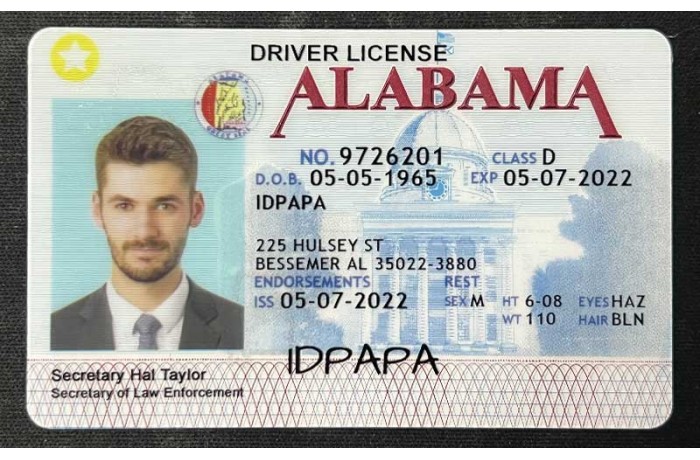Strengthening Defenses Against Identity Theft: A Look at Modern Prevention Strategies
Strengthening Defenses Against Identity Theft: A Look at Modern Prevention Strategies
Blog Article
In today's increasingly digital world, safeguarding your personal information is more critical than ever. Identity theft has become a rampant problem, with criminals finding increasingly sophisticated methods to steal sensitive data and financial resources. Fortunately, there are a number of proactive measures you can take to bolster your defenses against this growing threat. One of the most fundamental strategies is to adopt strong passwords and practice good password hygiene. Avoid using easily guessable passwords or the same password across multiple accounts. Instead, opt for long, complex passwords that feature a mix of uppercase and lowercase letters, numbers, and symbols.
Additionally, consider multi-factor authentication whenever possible. This adds an extra layer of security by requiring you to provide multiple forms of identification before granting access to your accounts. Be cautious about sharing personal information online ID fraud trends or over the phone, and be wary of phishing scams that attempt to deceive you into revealing sensitive data. Regularly monitor your bank statements and credit reports for any suspicious activity, and promptly report any potential fraud to the appropriate authorities. By implementing these modern prevention strategies, you can significantly reduce your risk of becoming a victim of identity theft and protect your financial well-being.
Understanding the Complex Landscape of copyright Laws and Regulations
The realm of fake identification is a shifting one, with laws and regulations changing widely from jurisdiction to jurisdiction. Attempting to get around these restrictions can lead to significant legal consequences. It's crucial for individuals to thoroughly understand the detailed laws regulating copyright in their region to stay clear of potential trouble.
Getting to know with the diverse penalties for use copyright can offer valuable awareness into the seriousness of the results.
- Additionally, staying informing yourself on any latest legal amendments is crucially important to make certain you are acting within the parameters of the law.
Biometric Authentication: The Future of Secure Identity Verification
As technology continues to evolve, the need for robust and secure identity verification methods has never been more urgent. Traditional authentication methods, such as passwords and PINs, are increasingly susceptible to unauthorized activity. Biometric authentication presents a promising solution by leveraging unique biological characteristics to authenticate identities. From fingerprint and facial recognition to iris scanning and voice verification, biometrics offer a higher level of security and convenience compared to conventional methods.
- Biometric systems are inherently more challenging to forge, as they rely on naturally occurring traits that are distinct to each person.
- Additionally, biometrics can be seamlessly integrated into a variety of devices and platforms, boosting the user experience.
- As biometric technology continues to develop, we can expect even more sophisticated applications in fields such as finance, healthcare, and government.
The future of secure identity verification undoubtedly lies in the realm of biometrics. By embracing this transformative technology, we can create a more safe digital world for all.
Enhancing Security with Cutting-Edge Identity Verification Technology
In today's digitally driven world, safeguarding sensitive information has become paramount. Cyber threats are constantly evolving, making it imperative for organizations to implement robust security measures. Cutting-edge identity verification technology plays a crucial role in this endeavor by providing advanced mechanisms to authenticate user identities and prevent unauthorized access. By leveraging biometrics, artificial intelligence, and multi-factor authentication, businesses can create a secure environment that protects assets.
- Furthermore, these technologies can help reduce the risk of fraud and identity theft by implementing real-time monitoring and anomaly detection systems.
- Consequently, organizations can enhance their security posture, build trust with customers, and maintain compliance with industry regulations.
Combating Fraudulent Identities: Best Practices for Businesses and Individuals
Protecting yourselves from fraudulent identities is crucial in today's digital landscape. Organizations must implement robust security measures to safeguard sensitive customer information. This includes multi-factor authentication, continuously updating software, and conducting thorough employee background checks. Consumers can also take steps to limit their risk by reviewing credit reports, using strong passwords, and being wary of phishing scams. By collaborating, businesses and individuals can effectively combat the threat of fraudulent identities.
Securing Your Digital Footprint: A Comprehensive Guide to Identity Theft Prevention
In today's interconnected world, safeguarding your personal information is paramount. Your digital footprint can reveal a wealth of confidential data that identity thieves can exploit for nefarious purposes. Identity theft are increasingly common, underscoring the urgent need to protect yourself.
- Implement strong and unique passwords for each of your online accounts.
- Regularly update your software, including operating systems and applications.
- Be wary when sharing personal information online.
Through following these fundamental steps, you can significantly reduce your risk of becoming a victim of identity theft and maintain your digital well-being.
 Report this page
Report this page